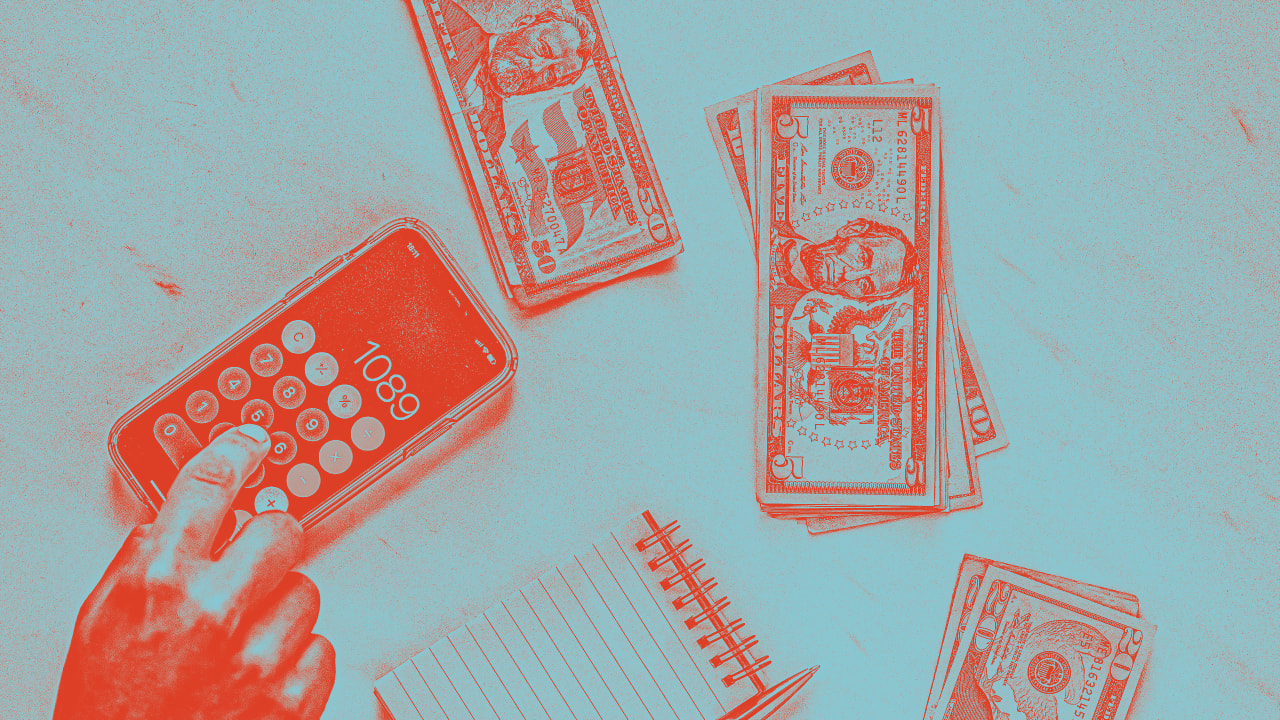[ad_1]

The large tax refund is one of the few universally agreed-upon personal finance sins. Getting a fat check back after filing your taxes is “giving Uncle Sam an interest-free loan,” according to the experts who like to wag their fingers from January to April each year.
But what if this personal finance orthodoxy is wrong? What if receiving a large refund is not only fine, but possibly an excellent financial decision? If you’re among the two-thirds of American taxpayers who receive a refund each year, here’s how you can let go of your big refund angst.
Tracking Small vs. Large Amounts
Personal finance experts are 100% correct when they point out that your large tax refund is just your own salary returned to you. Rather than letting your money take a no-expenses-paid trip to the IRS and back every year, these experts would prefer to see you keep the money in your paycheck. Unfortunately, that opens most of us up to losing track of that extra money.
In 2022, the average tax refund was $3,039—which is equivalent to $117 per biweekly paycheck. But for most people, that $117 just disappears before the next pay period rather than significantly improving their lives.
This happens for the same reason cutting your daily latte doesn’t magically equal $1,300 in your bank account at the end of the year. To see the benefit of cutting out lattes (or keeping more money in your paycheck), you have to immediately capture each saved dollar. But whether you’re a parent whose kids make you feel like a walking ATM, a footloose and fancy-free single adult who has found untold delicious ways of disposing of your disposable income, or simply someone who feels personally responsible for helping to keep your local coffee shop in business, money tends to leak from our pockets and our accounts in difficult-to-track dribs and drabs.
On the other hand, most of us can keep track of a single refund. After all, $3,039 all at once is harder to lose than $117 every other week.
The Benefits of a Smaller Refund
There are two reasons why personal finance experts crusade against large refunds. First, there’s the fear that recipients will blow the money on unnecessary splurges. While it’s true that many taxpayers use refunds for fun purchases, the stereotype of the spendthrift taxpayer going on a refund-fueled spending binge is just that: a stereotype. The majority of taxpayers use refunds to pay down debt or boost savings.
Secondly, financial experts also warn about the time value of money. The extra cash in each paycheck is worth more than the big refund, because you could theoretically invest the money you keep each pay period. So instead of receiving a $3,039 refund each year, you might have an extra $117 every other week that you can invest.
But if the investment earns 8% per year, you’ll have approximately $3,150 at the end of one year, instead of a $3,039 refund. Granted, assuming a 3% rate of inflation (which sounds almost quaint these days), $3,039 today is worth only $2,948 in one year. So having $3,150 at the end of the year does maintain the buying power of your money. And sending the biweekly $117 to a retirement investment account will help build compounding interest over a much longer time horizon.
But the difference between contributing $117 with every paycheck and contributing your entire refund once a year is negligible. And the latter tends to be easier to do.
Debt and the Big Refund
Experts also worry about the time value of your refund when it comes to debt payoff. But this has a similarly lackluster effect.
For example, the average consumer carries $5,000 on a revolving credit card and pays 19.2% APR. Sending the extra $117 every other week to a card with that balance and rate will save you about $270 in interest, compared to sending the entire $3,039 all at once. That’s certainly not an amount to sneeze at, but is it worth the work necessary to actually send those extra payments? For many people, it may make more sense psychologically to wait for the big refund.
Inattention and Intention
Large refunds have a bigger problem than frivolous refund spending or time cost—namely, inattention. Most of us don’t know how much Uncle Sam is withholding from each paycheck and many of us don’t have a particular plan for the big refund. That’s a different problem than the ones the annual scolds are trying to solve.
To solve the real problem so you can enjoy your large refund, familiarize yourself with your withholding. Decide in advance how you’ll spend your refund. And revisit these questions every year.
When you’re confidently paying attention to your taxes, it’s much easier to ignore the refund finger wagging—and laugh all the way to the bank.
Emily Guy Birken is a Milwaukee-based personal finance writer. Her books include The 5 Years Before You Retire, Choose Your Retirement, Making Social Security Work for You, and End Financial Stress Now.
[ad_2]
Source link

Comments are closed.